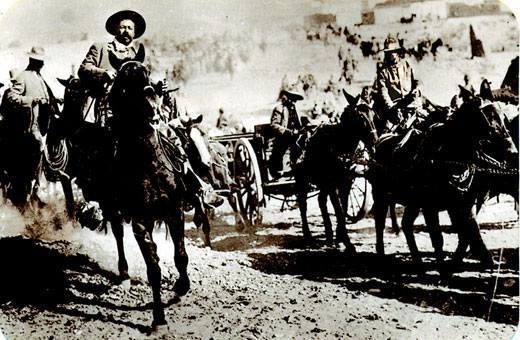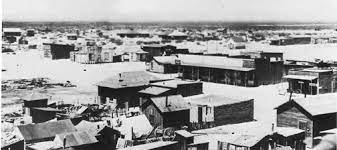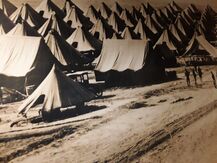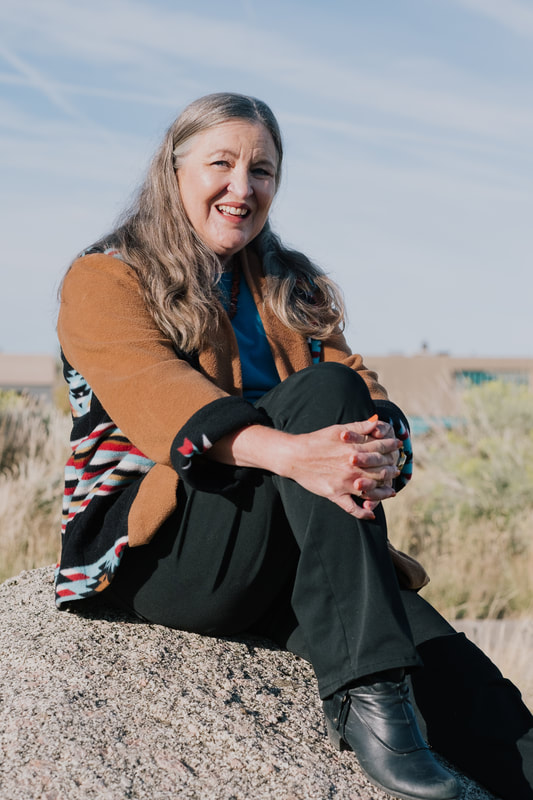

Before the raid, Villa sent spies into the town to assess the presence of U.S. military personnel. They reported that only about thirty soldiers were garrisoned at Columbus. This was a significant error. On the night of the raid, approximately half of the 362 soldiers were out of camp on patrol, leave, or other assignments, but even at that reduced number, there were far more troops than Villa anticipated. Not knowing this, Villa moved north and crossed the border about midnight. Maude Hauke Wright, an American kidnap victim who was travelling with the raiding party, stated that Villa only sent 600 of his 1,500 men into the attack because he lacked the ammunition to arm them all.
 The clock in the Columbus train station,, stopped when struck by a Villista bullet.
The clock in the Columbus train station,, stopped when struck by a Villista bullet. 
Villa announced that the raid was a success, and that he’d captured 300 rifles and shotguns, 80 horses, and 30 mules. However, he’d also lost between 90 and 170 men, 63 killed in action and at least seven more who later died from wounds during the raid itself. The sixty-three dead Villa soldiers and all the dead Villa horses that were left behind in Columbus after the raid were dragged south of the stockyards, soaked with kerosene and burned. Of those captured during the raid, seven were tried and six hanged. Although records are inconsistent, the American dead seems to range between 8 to 11 soldiers and 7 or 8 civilians.
 The tents at Camp Furlough when it was at its height. Photo by author, taken at display in Pancho Villa museum
The tents at Camp Furlough when it was at its height. Photo by author, taken at display in Pancho Villa museum Following the withdrawal of the Punitive Expedition, the importance of Camp Furlong declined. By 1920, when the Mexican Revolution ended, only 100 men were garrisoned there. All troops were gone by 1923.







